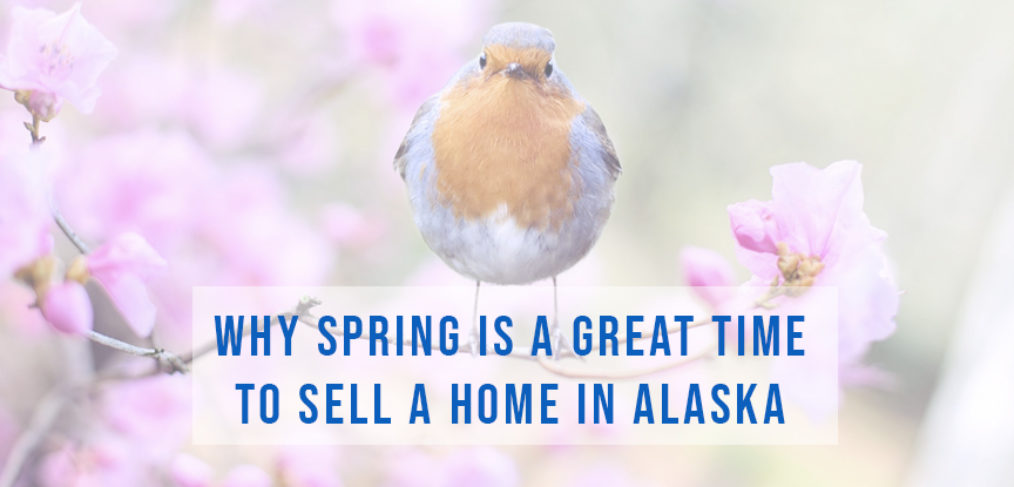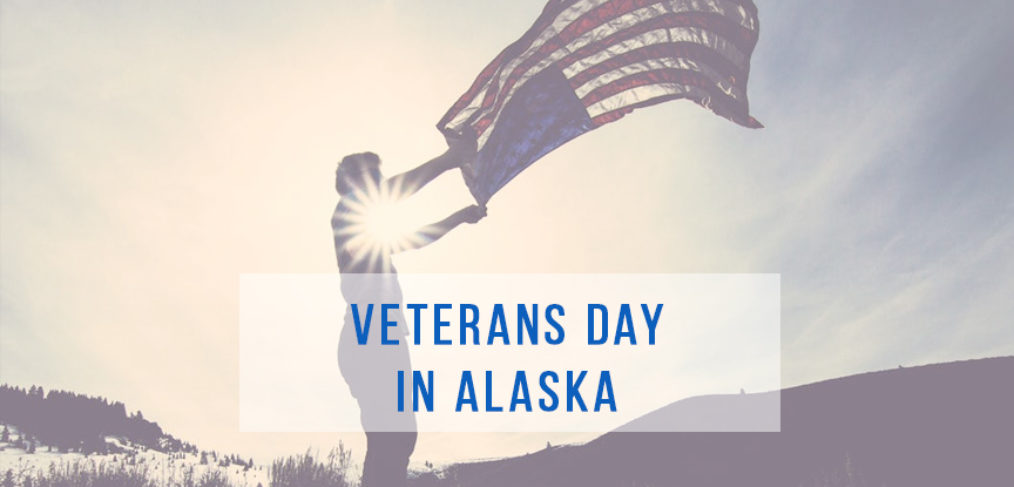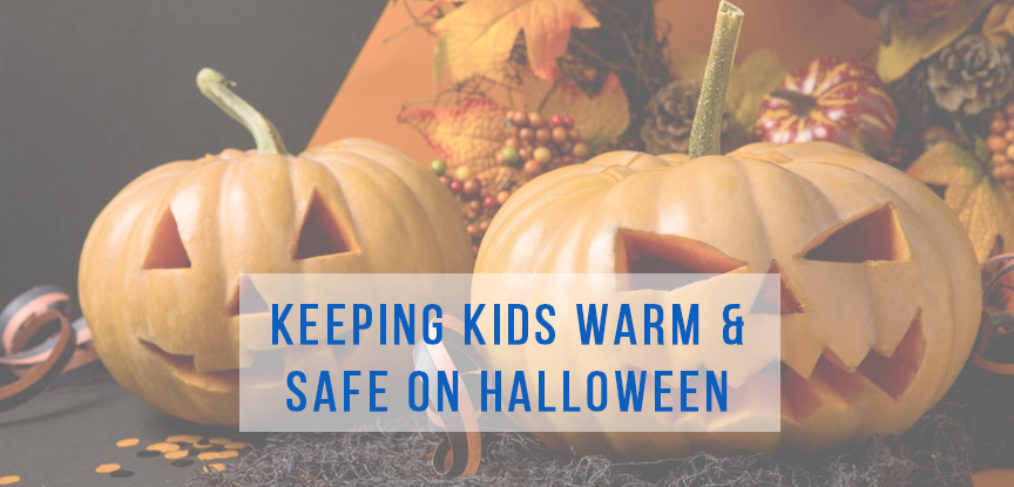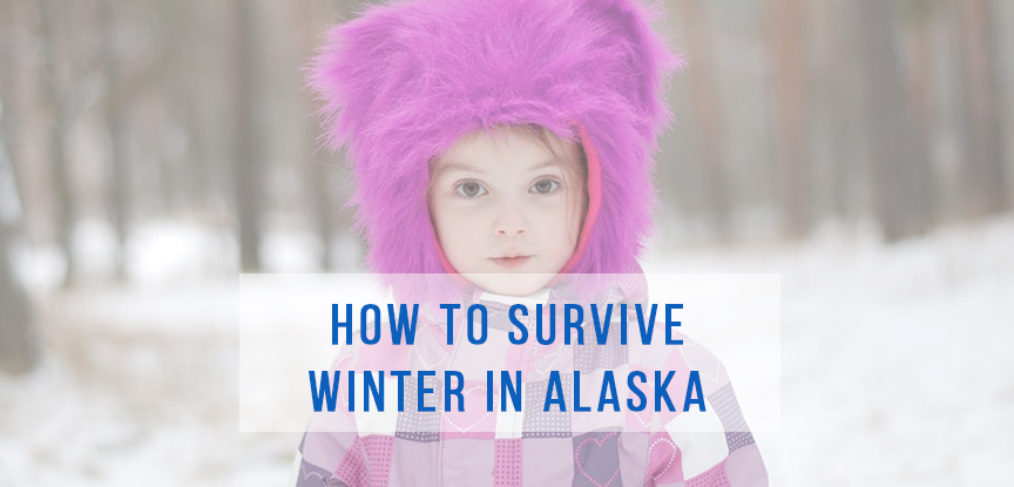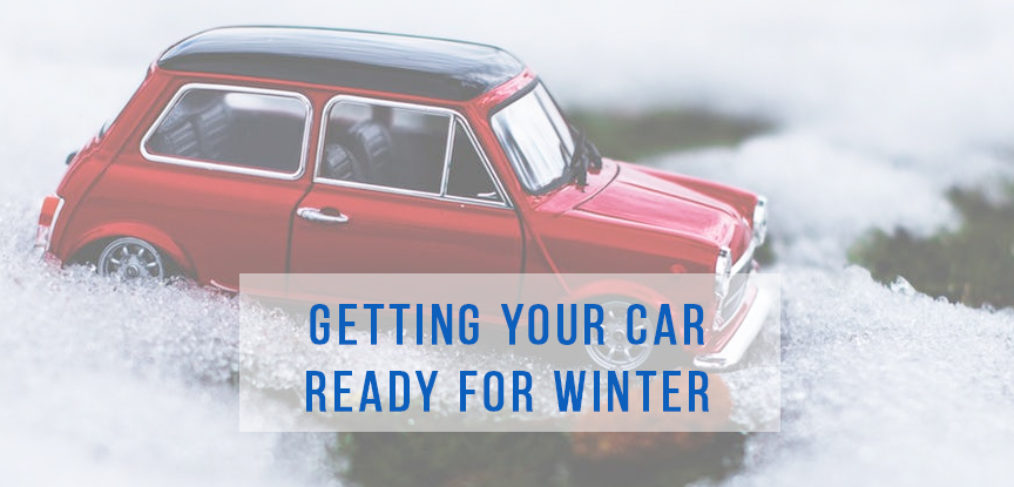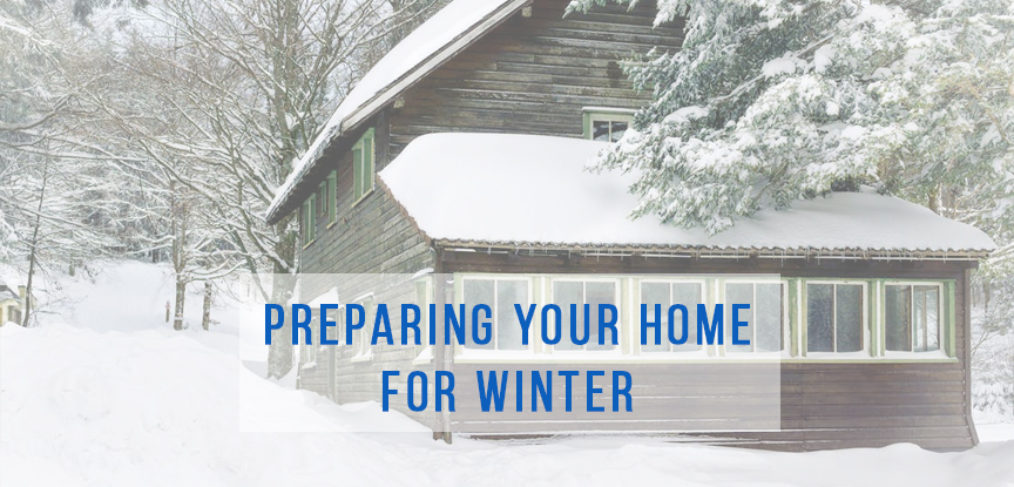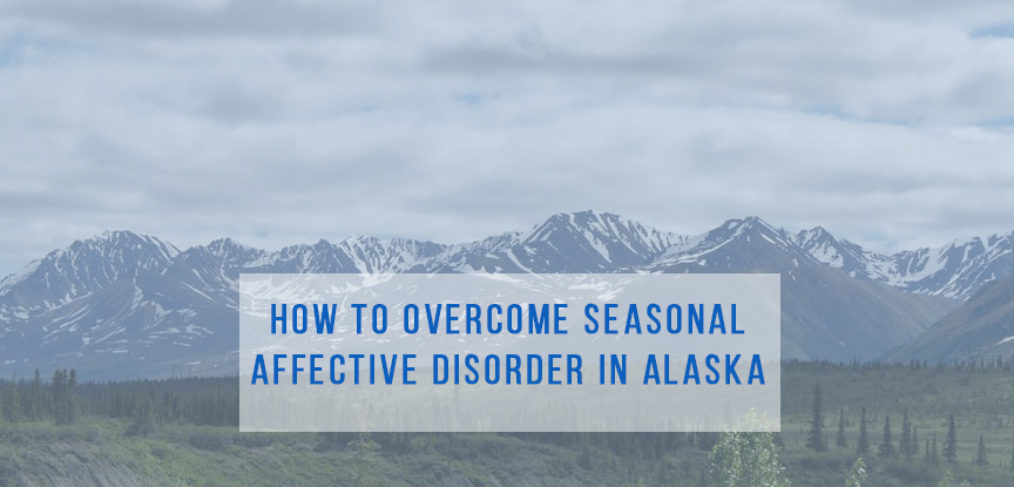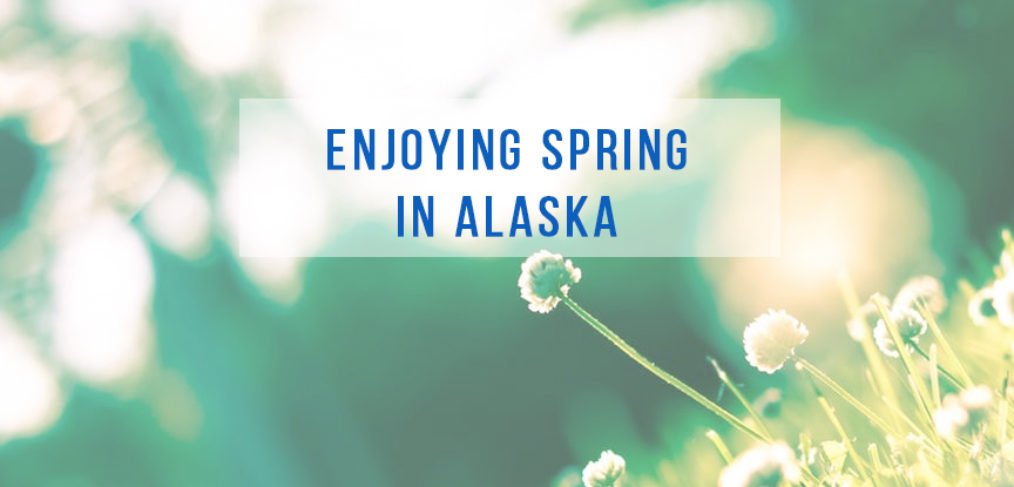If you have the ability to work from home, and want the best results for your efforts, it’s important to set up your office for maximum productivity from the start. A home office has many benefits, most popular being the freedom to design a workspace that works best for you. We’ve helped clients here in the Anchorage and Eagle River, Alaska area find homes that fit both their personal lives – and their businesses – and know there are a few essentials you’ve got to plan for if you want to work from home.
Connectivity: In today’s working world, no matter what you do, high-speed internet is absolutely essential. Make sure that your new home will have access to an internet service provider that offers secure, reliable, and high-speed internet. A good internet connection means you can perform actions like uploading videos, participating in conference calls, leading a webinar and starring in a Facebook Live video.




